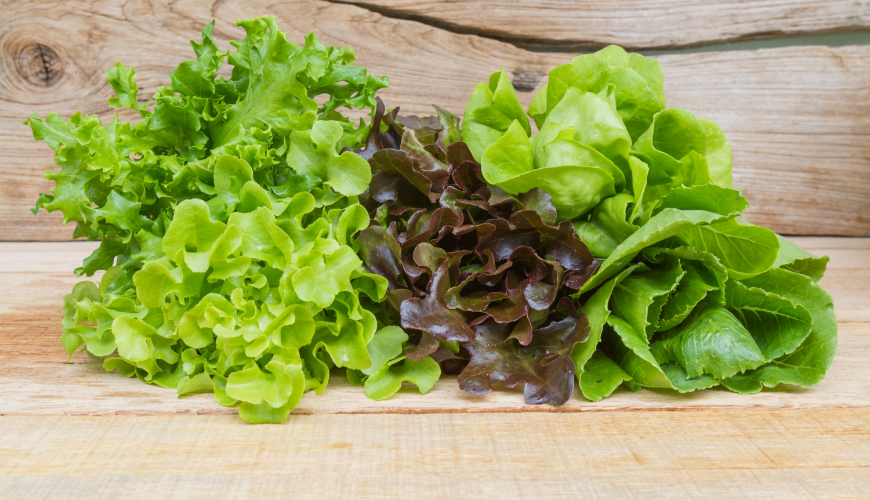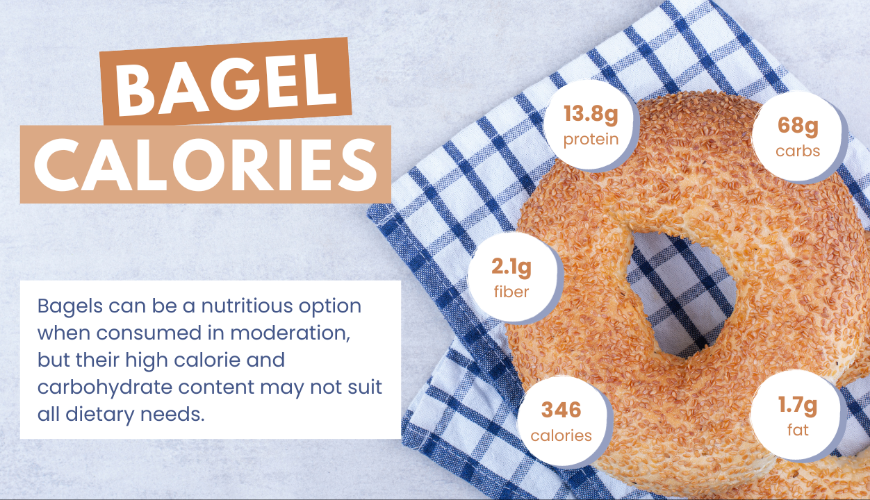When you think of freezing food, you probably imagine things like meat, vegetables, or even bread. But have you ever thought about freezing lettuce? It might sound strange, but there are times when you might want to keep your leafy greens fresh for longer. Let’s explore the world of freezing lettuce and find out if it’s possible and how to do it right.
Why Freeze Lettuce?
Before we get into the nitty-gritty, let’s talk about why someone would want to freeze lettuce in the first place. Lettuce is a staple in many households, perfect for salads, sandwiches, and wraps. However, it doesn’t last very long in the fridge. Freezing lettuce could potentially help reduce waste and save money by extending its shelf life.
Types of Lettuce and Freezing
Not all lettuce is created equal, and the type you have can affect how well it freezes.
Romaine lettuce, known for its sturdy leaves and crunchy texture, holds up better in the freezer than some other types. However, it can still become a bit wilted after thawing. Iceberg lettuce has a high water content, which makes it tricky to freeze. When thawed, iceberg lettuce can turn mushy and lose its crunch. Shredded lettuce, often used in tacos and sandwiches, can be frozen but might not have the best texture when thawed. It’s best used in cooked dishes where texture is less important. Lettuce leaves, when frozen whole, can be done but will be softer once thawed. They’re great for cooking or adding to soups and stews.
How to Freeze Lettuce
Freezing lettuce isn’t as simple as just tossing it into the freezer. Here’s a step-by-step guide to help you do it right:
Start by washing your lettuce thoroughly. Remove any dirt or bugs. After washing, dry the lettuce completely. Excess water can form ice crystals, which can damage the leaves.
Decide whether you want to freeze whole leaves or cut them into pieces. Cutting them can make them easier to use later on.
Blanching helps preserve the color and texture of the lettuce. To blanch, boil water and briefly dip the lettuce leaves in for about 30 seconds. Immediately transfer them to a bowl of ice water to stop the cooking process. Drain and dry thoroughly.
Next, place the lettuce in a single layer on a baking sheet and freeze for 1-2 hours. Once frozen, transfer the lettuce to a freezer bag or airtight container. Removing as much air as possible will help prevent freezer burn. Always label your bags or containers with the date. This helps you keep track of how long the lettuce has been frozen.
How Long Can You Freeze Lettuce?
A common question is “how long can you freeze lettuce?” Lettuce can be frozen for about 6-8 months. After that, it might still be safe to eat, but the quality will start to decline. Always check for any signs of freezer burn or unpleasant smells before using frozen lettuce.
Using Frozen Lettuce
Now that you’ve frozen your lettuce, what’s next? Here are some ideas on how to use it:
Frozen lettuce can be a great addition to green smoothies. It blends well and adds nutrients without affecting the taste too much. Adding frozen lettuce to soups and stews can enhance them with extra greens. It works well in hot dishes since the texture change won’t be as noticeable. Stir fries and casseroles can benefit from the addition of frozen lettuce. It’s an easy way to add more veggies to your meals.
Tips and Tricks
Avoid freezing salads if possible. If you’re planning to use the lettuce for fresh salads, freezing is not the best option. The texture changes can make it unappetizing. Mixing your frozen lettuce with other greens like spinach or kale in recipes can balance out the texture. Always keep your freezer at the right temperature (0°F or -18°C) to ensure your lettuce stays frozen properly.
So, can you freeze lettuce? The answer is yes but with some considerations. While it might not be ideal for all types of lettuce or every dish, freezing can be a useful way to extend the life of your greens. With the right preparation, you can enjoy the benefits of lettuce in your cooking long after it’s been frozen. Give it a try and see how it works for you!
By following these guidelines, you can maximize the use of your lettuce and reduce waste. Whether you have romaine lettuce, iceberg lettuce, shredded lettuce, or just lettuce leaves, knowing how to freeze and use them properly can make a big difference in your kitchen.
Remember, the key to successful freezing is preparation and knowing what to expect from the thawed product. Enjoy experimenting with your frozen lettuce, and discover new ways to incorporate it into your meals!





